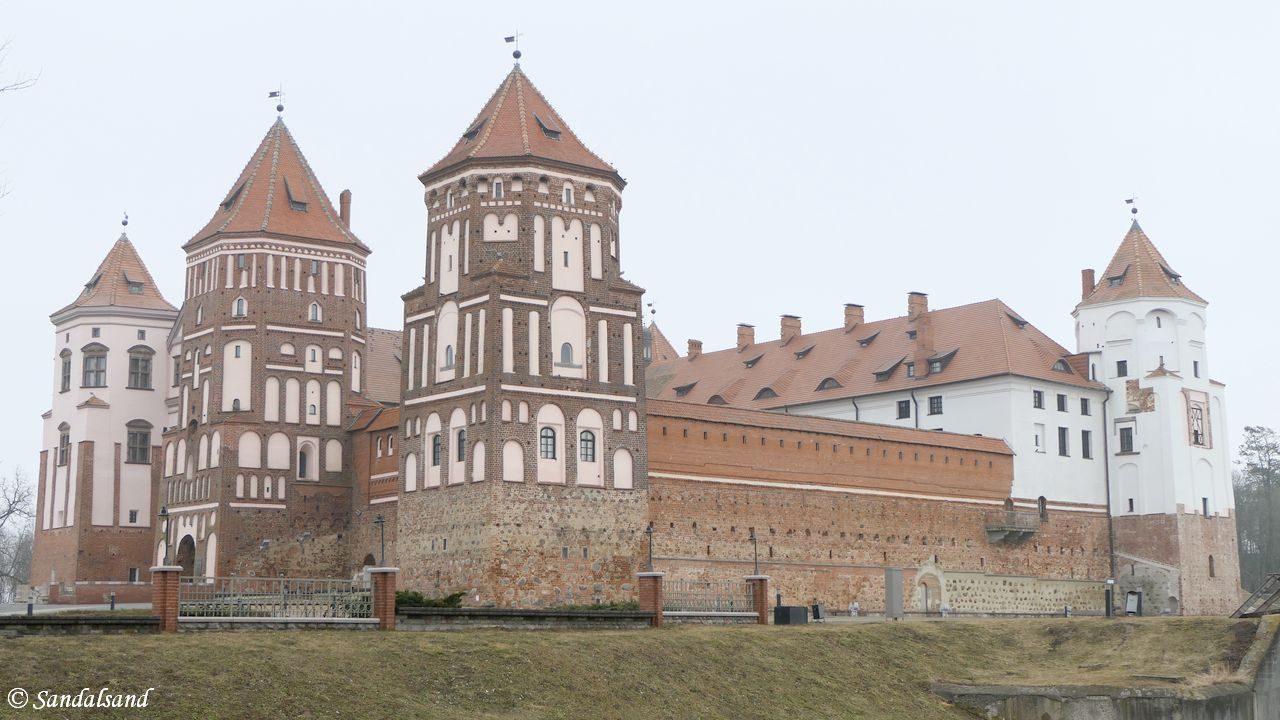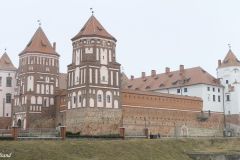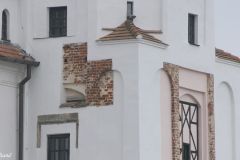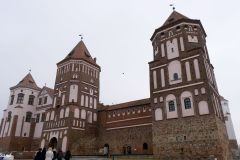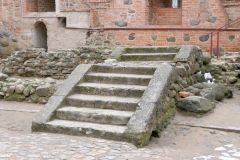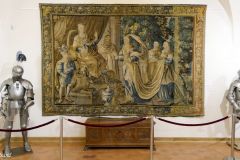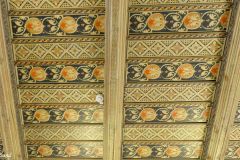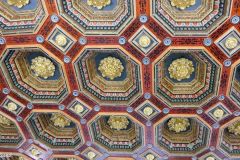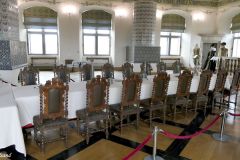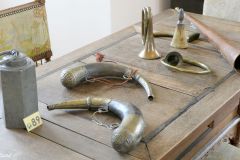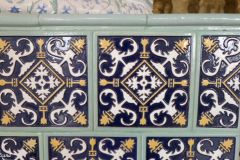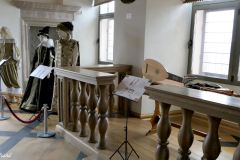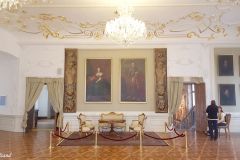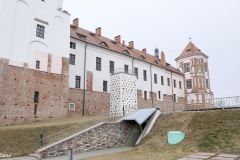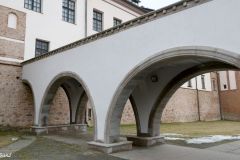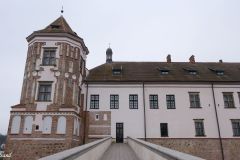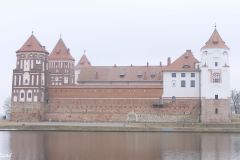A walk around the walls of the Mir Castle Complex in Belarus, reveals its turbulent history throughout the centuries. The inside offers a restored insight into the achievements of a wish to belong to a common European heritage.
The UNESCO World Heritage List includes more than a thousand properties with outstanding universal value. They are all part of the world’s cultural and natural heritage.
Official facts
- Country: Belarus
- Date of Inscription: 2000
- Category: Cultural site
UNESCO’s World Heritage Centre’s short description of site no. 625:
The construction of this castle began at the end of the 15th century, in Gothic style. It was subsequently extended and reconstructed, first in the Renaissance and then in the Baroque style. After being abandoned for nearly a century and suffering severe damage during the Napoleonic period, the castle was restored at the end of the 19th century, with the addition of a number of other elements and the landscaping of the surrounding area as a park. Its present form is graphic testimony to its often turbulent history.
Historical background, from the 1500s
Here is a short summary of the castle’s history, derived from various sources.
Historians seem to disagree a bit, but the history of the castle started some time around the year 1500, give or take a couple of decades. The initial construction was in essence a Medieval fortress structure as we know it from other parts of Europe – meaning it had a square structure with towers in all four corners. The walls were thick and the towers tall. The rulers added a fifth tower later. It provided an entrance with a drawbridge. The first rulers were the Ilyinichi family, but in 1568 the castle came into the hands of the Radziwills. This family or dynasty would become the dominant rulers of a region that covered important parts of what is today known as Belarus, under different kings elsewhere (Lithuania and so on).
The Radziwills developed this castle into something more than a Gothic fortress, Belarus style. They imported new ideas from the West, giving the castle a Renaissance style palace inside the eastern and northern walls. Moreover they ordered the construction of an Italian garden to the north and an artificial lake to the south.
The history of Europe, including this part of it, is dominated by wars. Castles are magnets for enemy activities and there were sieges of Mir in 1655, 1706 and again in 1794. Each siege or conquer led to renewed construction activities, bringing forth new ideas and styles. Napoleon’s invasion of Russia in 1812 resulted in the most thorough destruction of Mir Castle, and it was left in almost ruin for most the century. In 1891 Duke Nikolai Svyatopolk-Mirsky bought it. He saw the value of the old property and began what amounted to be a century long work of restoring the castle.
The castle in the last hundred years
However, the palace was once again sacked in 1914, before new restorations took place in the 1920s and 1930s. In the Great Patriotic War (WWII) the castle served as a prison camp, and also Jewish ghetto. The Nazis committed mass murders of Jews not far from the castle.
It was not until 1982 that serious efforts restored the castle to its former glory. In 2000 UNESCO declared it a World Heritage and in 2010 the castle finally opened to the public. Restoration works completed in 2013.
Mir Castle leaves us with many impressions. On a historical level we observe that the original layout is almost untouched since the 17th century. Gothic and Renaissance stone structures have survived and are very well exhibited as we walk around the castle on the outside. Inside, the wooden elements have been restored in recent years. Fires and age have taken their tolls. Furniture and all the rest we are able to see today, are largely not original but gives us a sense of what this extraordinary castle must have been in the days of the Radziwills.
My visit
I arrived here in 2018 on a guided tour out of Minsk, combining Mir Castle with Nesvizh Castle, another World Heritage Site. It was a full day excursion with lunch at Mir Castle. There are alternating guided tours throughout the week in Russian and English.
For practical reasons I went on the Russian tour and was not able to comprehend the information offered by the guide on the bus and inside the castles. I received very short summaries in English. Fortunately there are audio guides and information screens in English inside both castles. This worked out well but I would recommend an English tour if you have the opportunity.
Read more about my visit to Belarus.
